With most sincere apologies to Mr. Herold, Mrs. Stadden and, especially, Mr. Kerns, I must confess that I probably wasted your time in class.
Numbers were never my strong suit, and I’m certain my math teachers each individually recognized that. I still have nightmares that I’m walking the halls of my high school, headed to take a math test, knowing I’m completely unprepared whatever I’ll be asked.
I know, at least at some level, that a minivan leaving Topeka at 6 a.m. will travel west for four hours, picking up three passengers of varying weights at increasingly shorter intervals, and that it will use some amount of fuel per mile… I just can’t quite figure out why solving for “X” matters.
The few things I am certain I understand about numbers is 1) that they’re very important and 2) that the bigger they are, the MORE important they are.
The automotive industry has made impressive gains in technology, thanks to math and science, no thanks to me. Today’s vehicles are much more durable, much more reliable and much better performers than ever before.
Here’s an impressive realization: the pistons in that minivan cruising west on I-70 are probably firing 45 times per second. Talk about trying to wrap your brain around how something moving so fast can stay together for 150,000 miles with average maintenance.
During July, I had the pleasure of hearing aftermarket leaders Bill Hanvey (president and CEO of the Auto Care Association) and Paul McCarthy (president and CEO of the Automotive Aftermarket Suppliers Association) throw numbers around at the 2022 NAPA Expo in Las Vegas. Man, talk about monumental math.
$1,147,945,205 is the amount that the automotive aftermarket contributes to the economy EVERY DAY. You’re part of a $400 billion dollar domestic industry which, in turn, is part of a $1.6 trillion global industry! There are 4.5 million of us adding our contribution every day, keeping those minivans moving to their destinations. Be proud!
3,100,000,000,000 miles is the distance that we drove in 2021. It’s obvious – following a reluctance to leave the safety and security of our own personal bunkers in 2020, the consumer fell in love with their cars again. As shop owners, you’ve likely seen it every day without fail – the love of the open road, coupled with the comfort of being in our own personal bubble, means Americans’ love of the automobile is as strong as ever. Even with higher gas prices, we’re putting more stuff in the trunk, loading up the kids and heading out to see the USA in our Chevrolets, Hondas and even Teslas.
$1,431,066.96 is, perhaps, the most impressive number in this musing. That’s the amount that the Brakes for Breasts (BrakesforBreasts.com) campaign has raised in 11 years. A grassroots industry campaign started in 2011, Brakes for Breasts has been instrumental in keeping research into a breast cancer vaccine by the Cleveland Clinic moving ahead. Clinical trials on a vaccine have just begun, offering hope to hundreds of thousands of women and men in our industry, and possibly in your family.
I recently had the honor of talking with Leigh Anne Best, one of the founders of the Brakes For Breasts program. If your shop isn’t already participating, I encourage you to listen to a very special episode of the Shop Owner Solutions podcast on our website, or on your favorite audio platform.
Add your shop’s name to these incredible numbers.
Photo by MARIOLA GROBELSKA on Unsplash


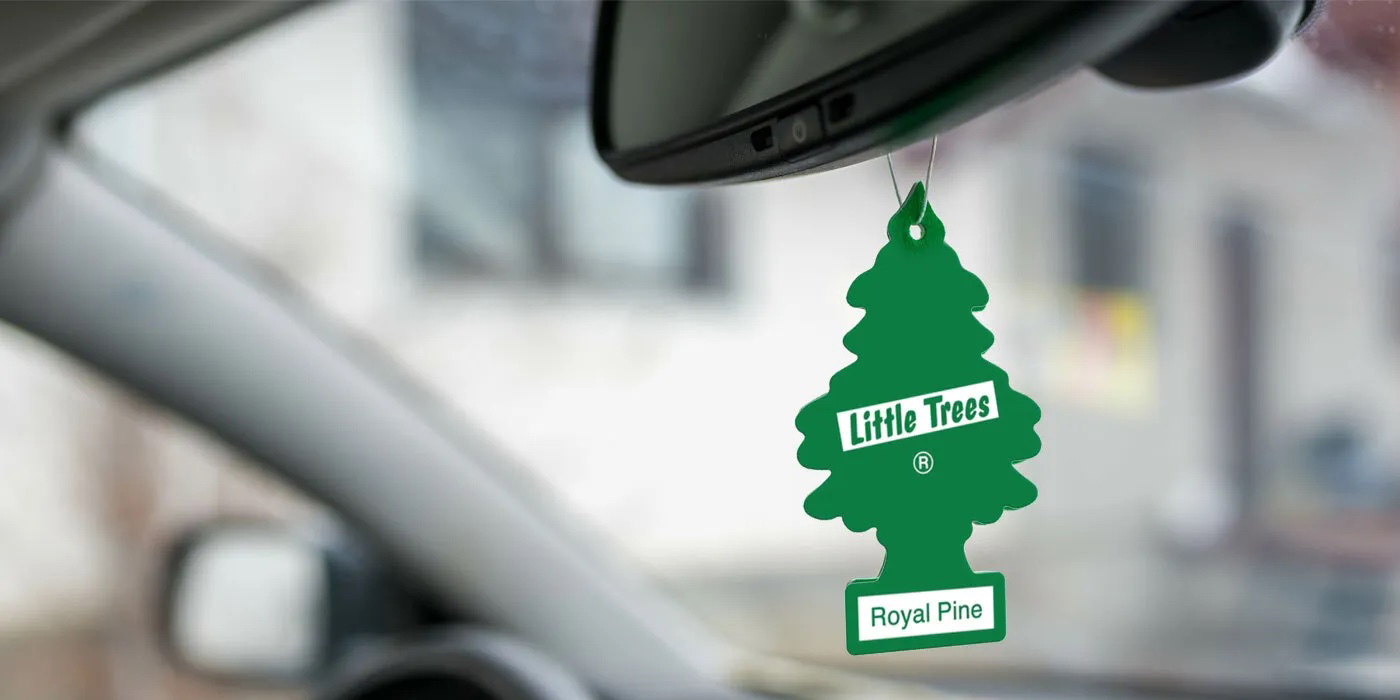

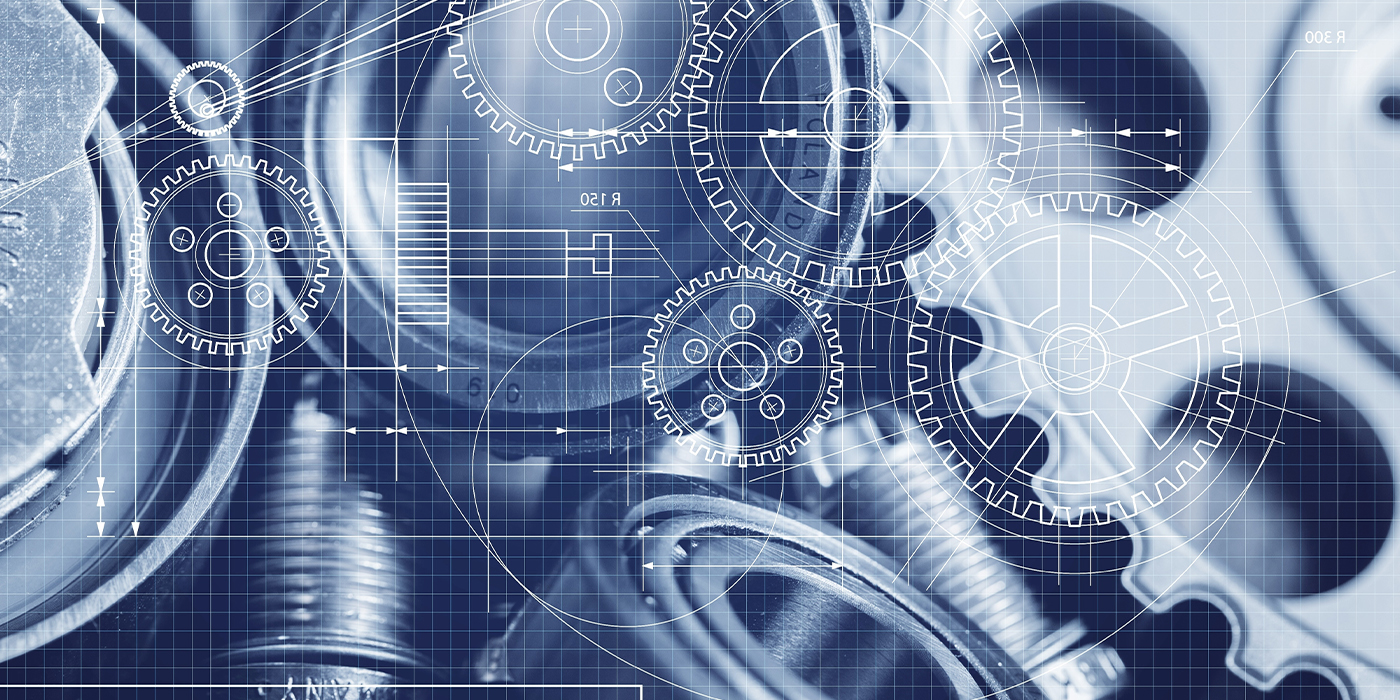

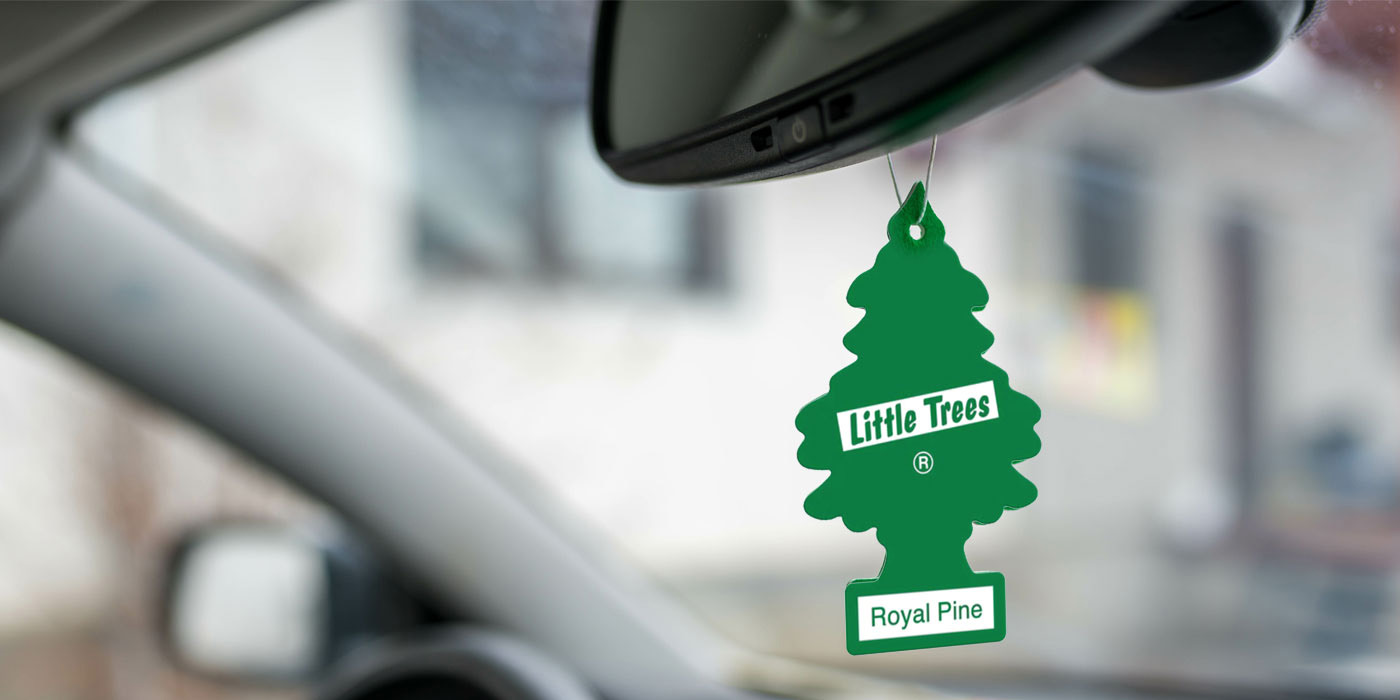
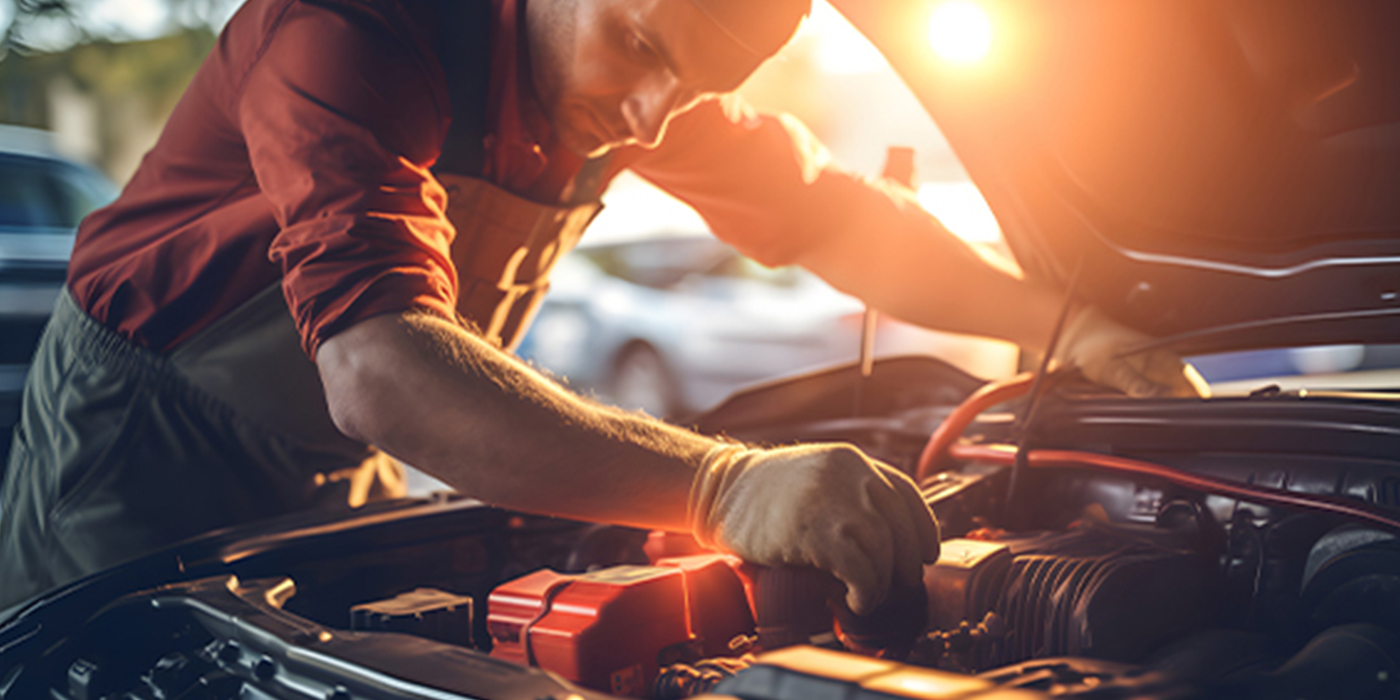



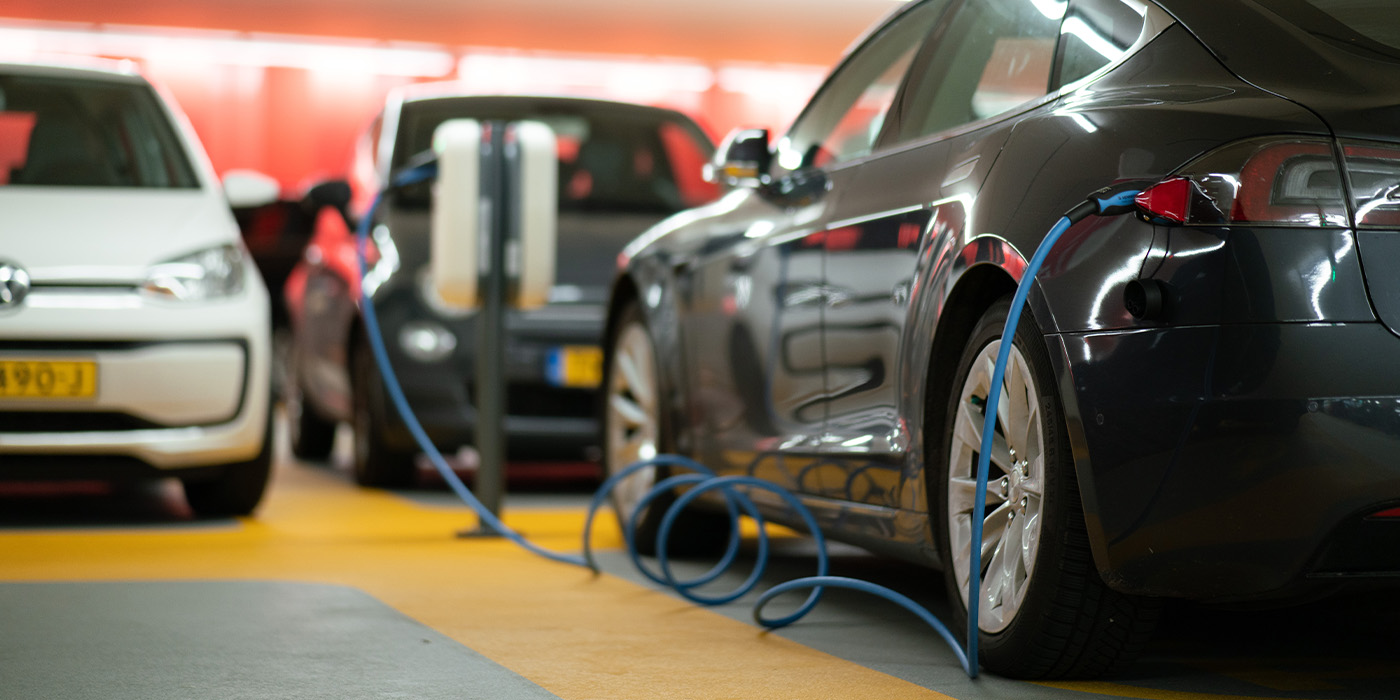

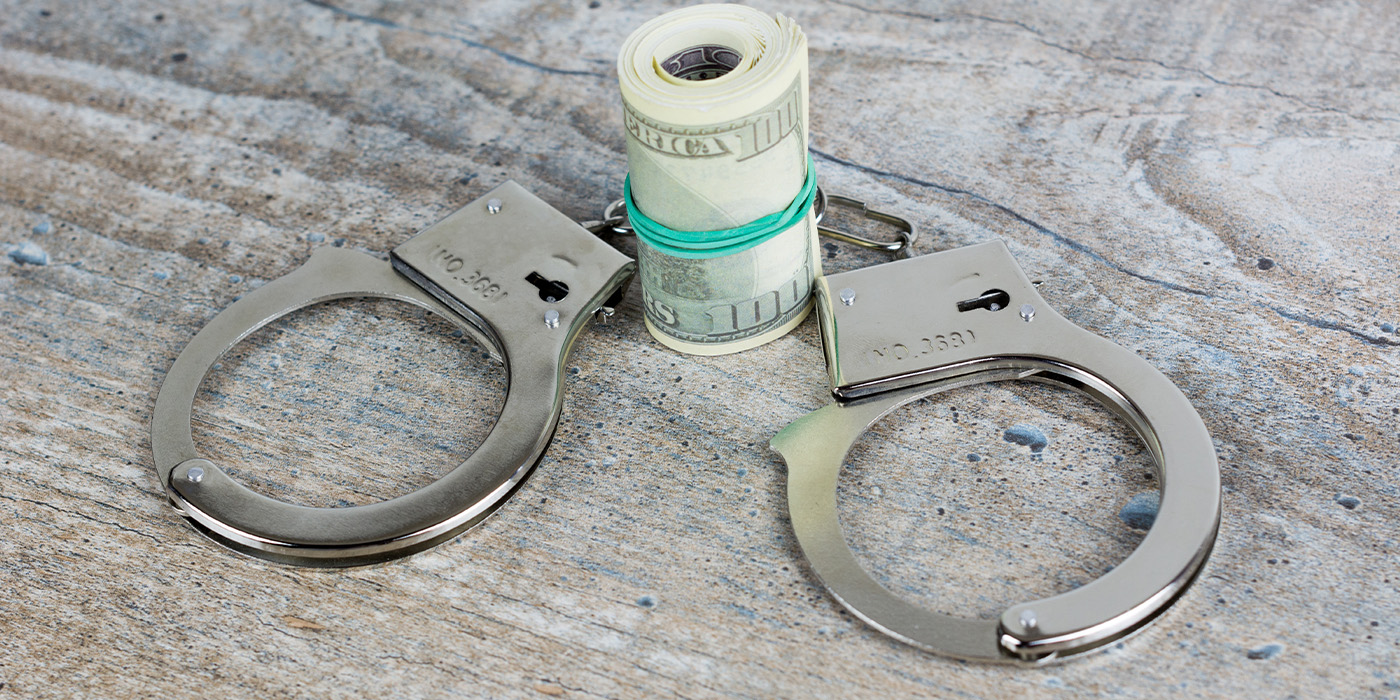
I once worked with a Romanian technician named Alex. He was a tiny guy who chain-smoked. His greatest fear was not a totalitarian dictator. It was fire and falling cars.
Back in those days, we used drop lights with incandescent bulbs. This was long before LEDs and rechargeable batteries. The bulbs would typically stop working when they were lightly jostled. If they were dropped, the glass bulb would shatter.